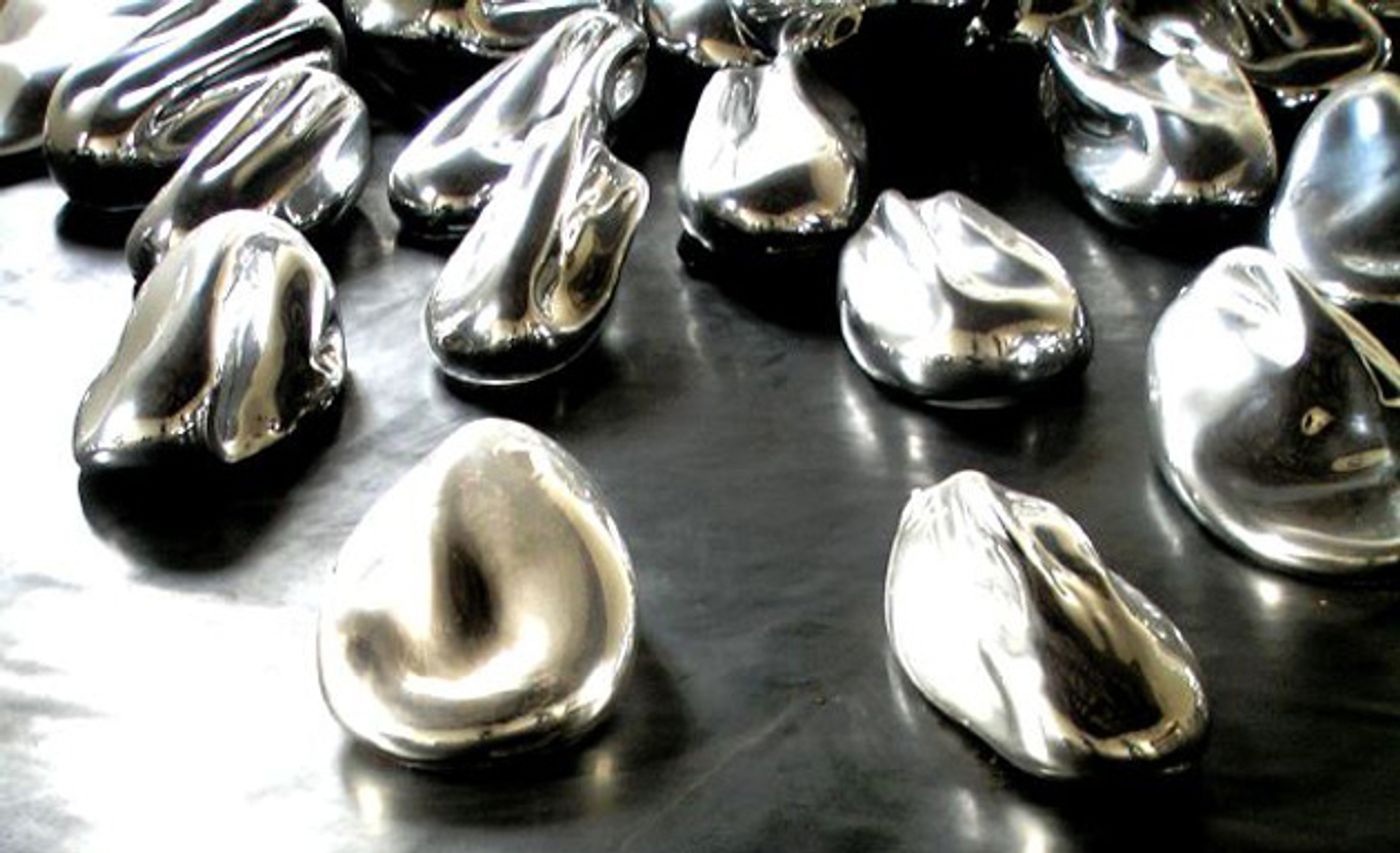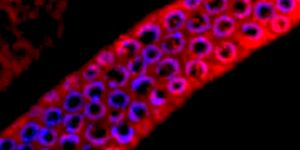Hearing the word ‘shapeshifting’ might bring back memories of Terminator 2, where the upgraded robot assassin hunting Arnold Schwarzenegger can become anyone he touches or transform from solid to liquid to squeeze through tight spaces.
Bringing us back to reality, shape shifting materials are an idea of the future and have been studied by material science labs across the world. These materials have the potential for a wide array of interesting and important jobs in medical and space applications. Shape shifting materials could be used to build intricate parts that are typically difficult to machine or mold, or developed to react to a specific stimuli to release a drug therapy.
However, all shape shifting materials to date have to have an external trigger to change forms. All are reliant on stimuli to react, such as temperature, pH, light, chemicals, or sound. For example, earlier this year, researchers at Washington State University created a material that can both assemble and disassemble itself when exposed to heat or light. Without that external trigger, the material remains in its initial form.
A team at University of North Carolina at Chapel Hill, led by Chemistry Professor Sergei S. Sheiko, pondered the limitations surrounding shape shifting using external triggers. In a closed system, these external stimuli cannot be applied, so the applications of the materials become limited. They challenged themselves to investigate the possibility of self-regulated shape shifting and have now developed the first pre-programmable shape shifting material.
The study, published in
Nature Communications, describes the making of a new material and how it can be programmed to transform at specific times, from hours to seconds. In order to create a shape-memory material, the team used two types of chemical bonds to create a stressed structure and a timed release of the bonds within that structure to reform and create a new stress-free structure.
Designing what is called a dual network hydrogel, they employed dynamic chemical bonds and permanent chemical bonds. The dynamic chemical bonds create a built in energy storage, similar to a spring in a mechanical watch, made up of chemical crosslinks. The permanent bonds allow for controlled energy release and drive the final state of the material, analogous to the gears of the watch. The stored energy initiates the transformation where timing can be programmed by adjusting bond parameters such as location, strength, and number.
The team created a video, included below, to demonstrate how the shape shifting material can be programmed. In this case, a flower is shown opening, one set of petals at a time, just as a real flower would bloom. With no external stimuli to cause the reactions and the ability to program the timing of the reactions, this development can have far reaching applications for drug delivery in the body, and shows great potential in biomedical engineering supporting minimally invasive surgical procedures.
(Blooming of an artificial flower, assembled from individually programmed petals. Credit: Sheiko et al. Nature Communications)
Sources:
Phys.org,
Nature Communications,
NewsAtlas,
WSJ









